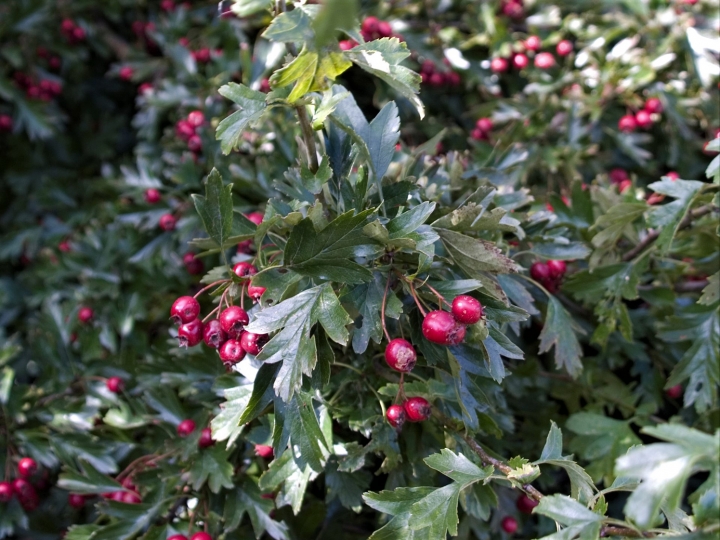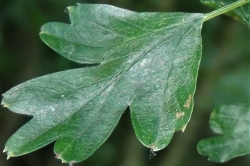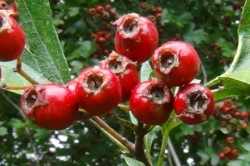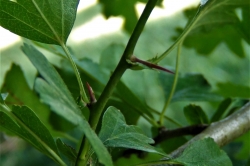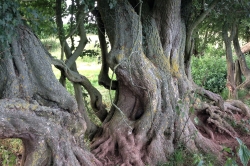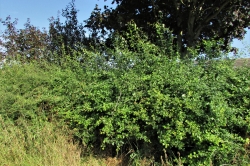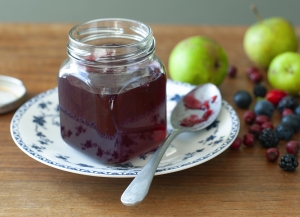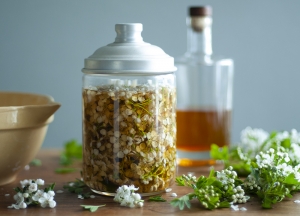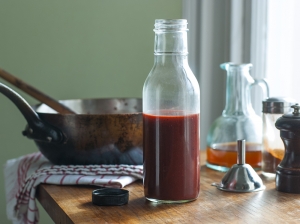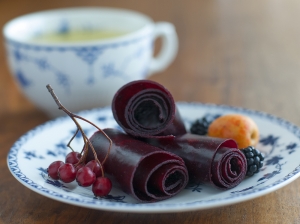A very common and healthy plant to forage from.
Home / Hedgerow Guide /
Hawthorn
Hawthorn
| Hedgerow Type | |
| Common Names | May, Maythorn, Whitethorn |
| Scientific Name | Crataegus monogyna/laevigata |
| Season Start | Mar |
| Season End | Nov |
Fruit
The orange to deep red berries, typically with one stone although there can be more in some species or hybrids, hang in clusters in the Autumn.
Possible Confusion
With its distinctive leaves it is quite hard to confuse this plant with any other.
Smell
The flowers have a bitter almond or marzipan smell.
Taste
The berries taste a bit like a slightly over ripe apple.
Frequency
Common.
Collecting
The leaves can be collected in Spring for use in salads or at any time for teas.
The petals can be used for salads.
The berries are best after a frost in Autumn but as frosts appear later and later try the berries, they are ready when sweet. We also have freezers now so the berries can be ‘bletted’ (frozen) artificially.
Medicinal Uses
All parts of the hawthorn are good for regulating blood pressure but the leaves are reported as the best and used to make a tea.
Other Facts
The Hawthorn has a few different species and many hybrids growing in the UK but the most common is monogyna followed by the Midland Hawthorn, laevigata. Both can grow as a bush like shrub or more like a tree with monogyna usually being more upright.
The berries contain a large amount of pectin and are a great addition to jellies and jams to help them set. The berries make a fine jelly on their own and just the juice, made by crushing the berries in the hands and sieving them, will set very quickly with no heat. If the berries are very sweet no sugar is needed, if not just add a little sugar to taste.
Hawthorn makes a particularly secure barrier that is quite impenetrable to humans and large animals.



 (41 votes, average: 3.29 out of 5)
(41 votes, average: 3.29 out of 5)